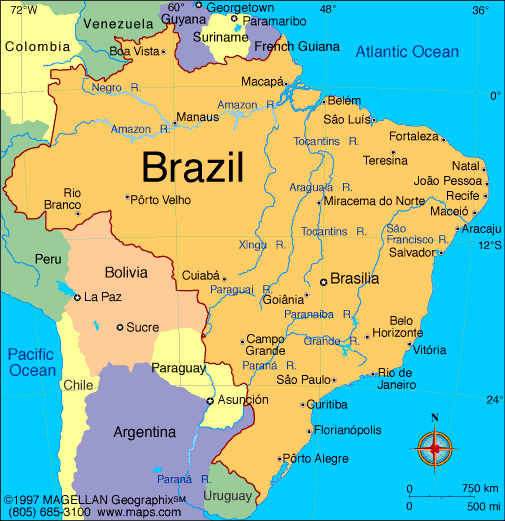
Out of the Dust, a Planet is Born
In this artist's conception, a possible newfound planet spins through a clearing, detected around the star CoKu Tau 4 by the Spitzer Space Telescope, in a nearby star's dusty, planet-forming disc. The possible planet is theorized to be at least as massive as Jupiter, and may have a similar appearance to what the giant planets in our own solar system looked like billions of years ago.

NASA/JPL-Caltech
This Planet Smells Funny
Giant planet GJ 436b in the constellation Leo is missing something--and that something is swamp gas. To the surprise of astronomers who have been studying the Neptune-sized planet using NASA's Spitzer Space Telescope, GJ 436b has very little methane--an ingredient common to many planets in our own solar system. This artist's concept shows the unusual, methane-free world partially eclipsed by its star.Models of planetary atmospheres indicate that any world with the common mix of hydrogen, carbon and oxygen, and a temperature up to 1,000 Kelvin (1,340 degrees Fahrenheit) should have a large amount of methane and a small amount of carbon monoxide. But at about 800 Kelvin (or 980 degrees Fahrenheit), GJ 436b it does not. The finding demonstrates the diversity of exoplanets and the need for further study.
Giant planet GJ 436b in the constellation Leo is missing something--and that something is swamp gas. To the surprise of astronomers who have been studying the Neptune-sized planet using NASA's Spitzer Space Telescope, GJ 436b has very little methane--an ingredient common to many planets in our own solar system. This artist's concept shows the unusual, methane-free world partially eclipsed by its star.Models of planetary atmospheres indicate that any world with the common mix of hydrogen, carbon and oxygen, and a temperature up to 1,000 Kelvin (1,340 degrees Fahrenheit) should have a large amount of methane and a small amount of carbon monoxide. But at about 800 Kelvin (or 980 degrees Fahrenheit), GJ 436b it does not. The finding demonstrates the diversity of exoplanets and the need for further study.

ESA/C.Carreau
Steaming Hot Planet
This artist's impression shows a gas-giant exoplanet transiting across the face of its star. Infrared analysis by NASA's Spitzer Space Telescope of this type of system provided the breakthrough.The planet, HD 189733b, lies 63 light-years away in the constellation Vulpecula. It was discovered in 2005 as it transited its parent star, dimming the star's light by some three percent.
This artist's impression shows a gas-giant exoplanet transiting across the face of its star. Infrared analysis by NASA's Spitzer Space Telescope of this type of system provided the breakthrough.The planet, HD 189733b, lies 63 light-years away in the constellation Vulpecula. It was discovered in 2005 as it transited its parent star, dimming the star's light by some three percent.




 \
\
